Sponges are familiar in all household cleaning kits. However, we rarely think of how to keep the sponge properly disinfected. Yes, clean your sponge (not just use your sponge to clean)! You wash your dishes, the washing tanks, counters, etc… with the sponge and imagine it is dirty. Now the surface might look all clear […]
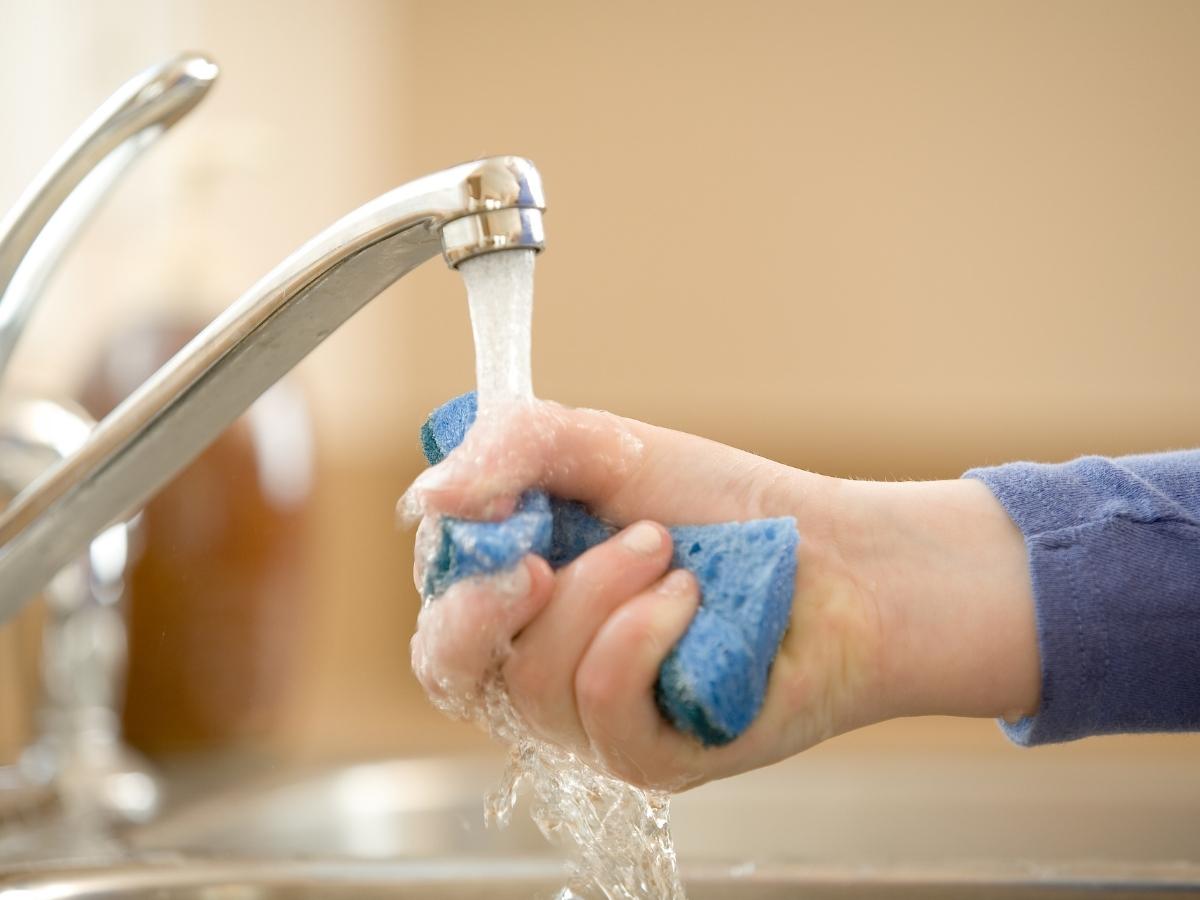
Sponges are familiar in all household cleaning kits. However, we rarely think of how to keep the sponge properly disinfected. Yes, clean your sponge (not just use your sponge to clean)! You wash your dishes, the washing tanks, counters, etc… with the sponge and imagine it is dirty. Now the surface might look all clear and shiny but harmful bacteria are spread everywhere and your family’s health is more at risk than ever. Or you will have to throw out new sponges every once in a while and it is neither economical nor environmentally friendly. Our article will offer the 5 best techniques for you to sanitize your sponge at home, with simple, convenient supplies and ingredients that you can easily find at your house.
Vinegar is a widely known disinfectant. It has been used for a long time as a household disinfectant or sanitizer or even acts against food poisoning. The acidity in its has been scientifically proven to be able to destroy some bacteria and viruses. Plus, it is natural, eco-friendly, and easy to get, thus making it an ideal candidate to disinfect and clean the sponge at home.
It is super easy to clean your sponge with vinegar, too. You just need vinegar and warm water, to begin with. Then let your grimy sponge sit in the vinegar for at least 5 minutes (do not dilute the vinegar). After that, soak and rinse thoroughly in warm water and let dry, and voila! You got a clean and crisp sponge, ready to use again.There are some things to keep in mind, you could choose the usual, kitchen vinegar or turn to cleaning vinegar for better effects. And vinegar leaves a strong odor so make sure to ventilate the space well.
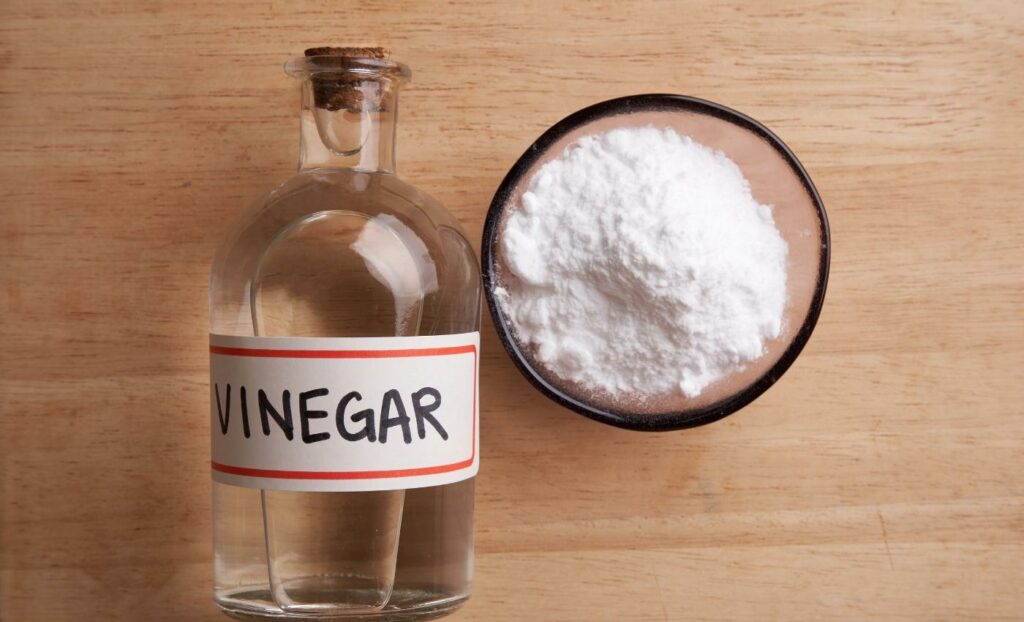
Bleach is another option to look out for if you have run out of vinegar. It is a powerful cleaning agent that can kill germs and help disinfect bathrooms, kitchen counters, and yes, your household sponge. However, as this disinfectant is super strong, always keep in mind to dilute it first before cleaning anything, and research for a proper dilution ratio.
To clean your sponge with bleach, you will need bleach and water. To ¾ cup of bleach, mix with 1 gallon of water, and soak the sponge in the solution for 5 minutes. After that, clean and rinse thoroughly with warm water.You need to wear a glove to protect your skin as the production is strong and quite harmful. Besides, its odor is strong so keep in mind to clean your sponge with the solution in a well-ventilated place.
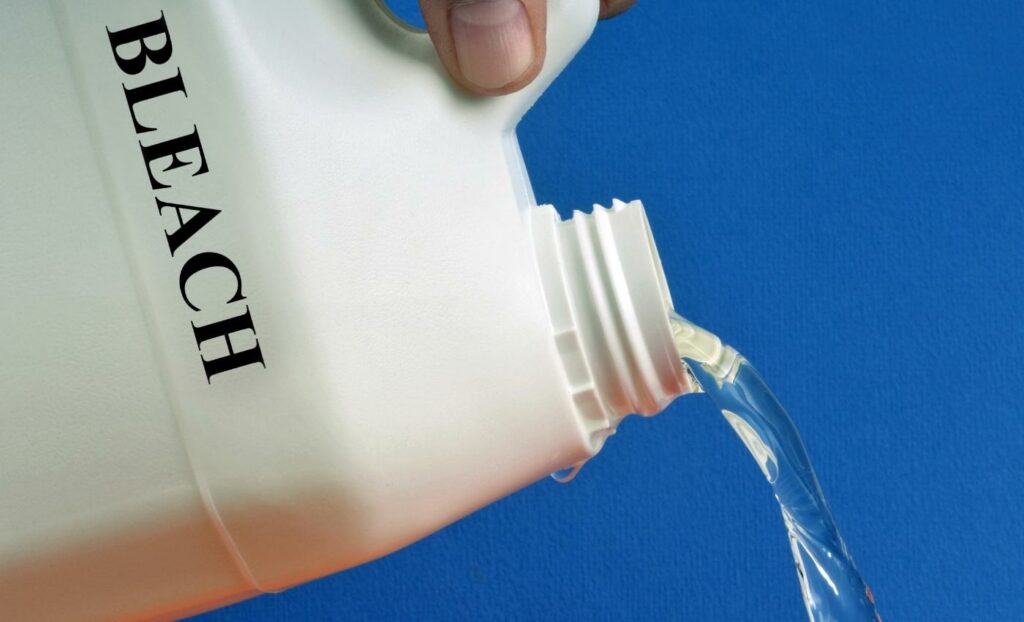
Have you ever thought of using your microwave to kill bacteria other than just heating food? The mechanism is simple, the microwave produces radio-frequency waves that cause water molecules in an object to vibrate, thus making friction between them and such friction induces heat. High heat can kill germs and disinfect your sponge.
However, do not just put your dry sponge into the microwave. Keep in mind that radio-frequency waves vibrate the water molecules, and therefore, a dry sponge can cause a fire. Also, make sure that your sponge is microwave-safe. Some sponges contain metal wires that can cause an explosion if put in the microwave. With these sponges, you can look through other options within the article to disinfect them.
You will need to soak the sponge thoroughly, and put it in a microwave-safe container before placing it into the machine. Microwave your dirty sponge for 5 minutes. Then get it out, wait to dry, and your sponge is all germ-free and ready to use.
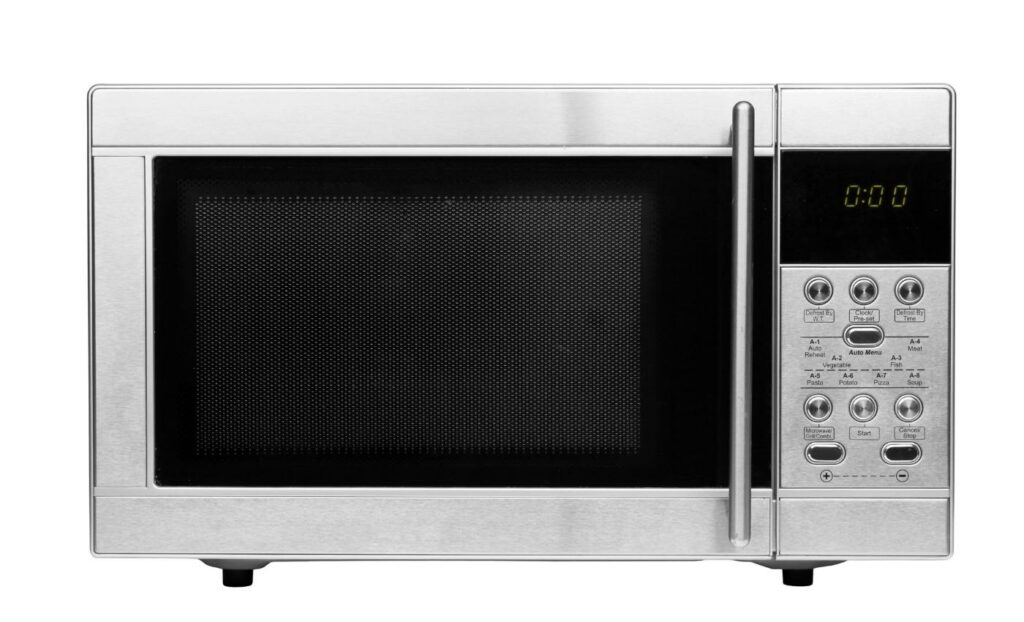
High heat kills germs. It’s simple. So if you don’t own a microwave, or are afraid that you might cause a fire, then try a more simple way: boiling water!
People have used this method for years when disinfectants are scarce. They have boiled needles, syringes, and even cloth to secure wounds to disinfect them.
And the same can be applied to your household sponge! You will just need to boil the water first, put your sponge in and boil for at least another 5 minutes. After that, let the temperature cool down then ring out the excess water and you are done.
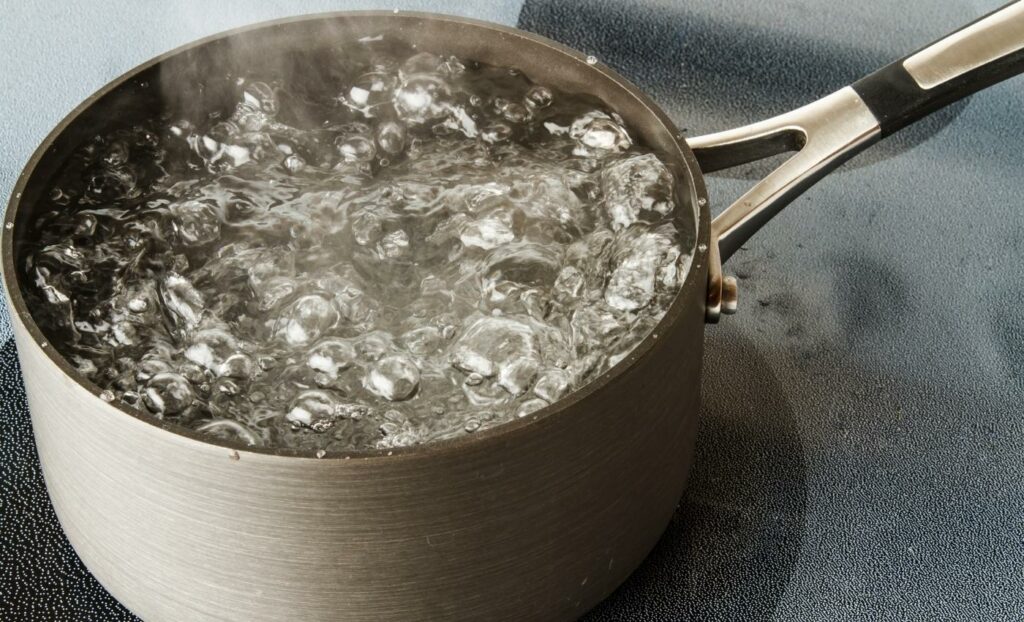
Or you can just make use of the dishwasher if you have one.
Run your dishwasher through a heat-dry cycle while the sponge sits on the top rack. The higher temperature the better. Use your normal dishwashing soap, or preferably an antibacterial one.
You can put the sponge onto the rack with other dishes as well to save energy. However, check in advance to see if there are any large chunks of food left. Pick them off will make the cleaning process easier and more effective.
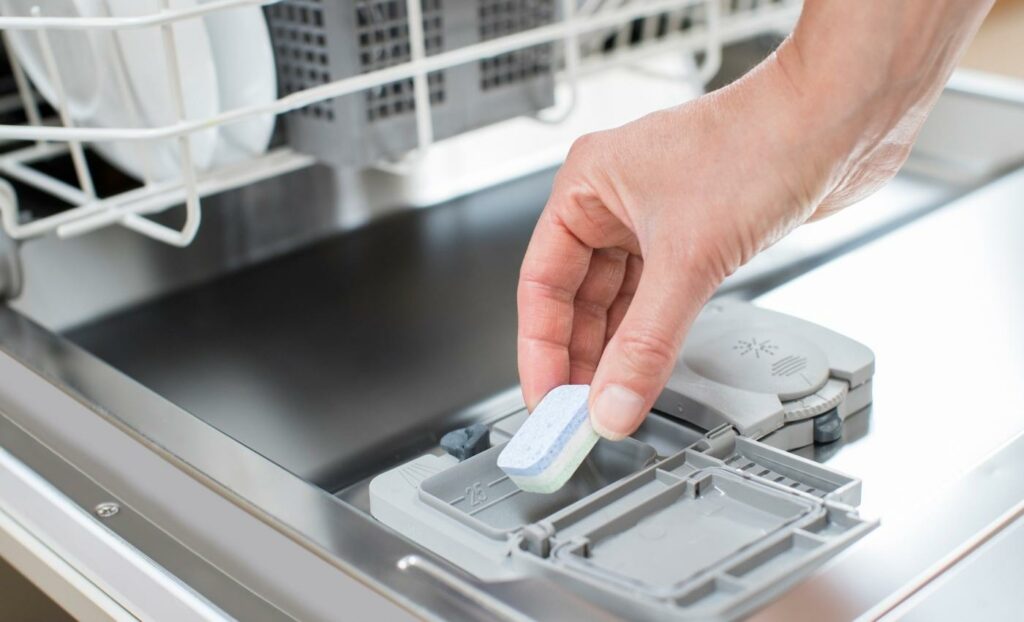
All in all, it is important to keep your sponge clean. It is advisable to disinfect your sponge once every week. Cleaning sponges is simple at home, with household familiar ingredients like vinegar and bleach and houseware such as a microwave and a dishwasher. Or just make a boiling pot and bathe the sponge in it to kill the germs! Though you can sterilize the sponge at home on a regular basis now, you should still buy a new one after 2 to 8 weeks.
Is this article helpful? Do you have any other tips that you want to share? Or have you tried our suggestions and do they give satisfying results? Please let us know so we can curate better content. Also, you might want to check out other household cleaning tips and tricks from our home page. They can be of use to you sometimes.
![]()